Designing with Pedestrian Safety in Mind – Part One
Site Development Engineers (DEs) and Traffic Engineers (TEs) have a responsibility to balance safety, construction feasibility, ethical requirements, and other client needs throughout the life cycle of any given project. Engineers must often predict how a new development may affect its surrounding community and pedestrian safety is a crucial aspect of creating an accessible and purposeful urban environment for all individuals. According to the Governors Highway Safety Association, Florida had the highest number of pedestrian fatalities in the U.S. in 2022*; therefore, it is more important than ever to design and build roadways and pedestrian walkways with safety, clarity, and care.
There are plenty of challenges Engineers face when designing a roadway or site that meets safety and feasibility standards, one being existing utilities or landmarks. Development Engineers are often tasked to design a sidewalk along a right of way while conforming to existing slopes in the land. This may become difficult as DEs must adhere to codes like those that fall under accessibility and safety. The result can sometimes be a steep step up/down from the sidewalk. Handrails on steep sidewalks are one example utilized to create safety and accessibility in design while also meeting the Americans with Disabilities Act (ADA) Code.
Below are five guidelines or suggestions to consider as an engineer or a project manager when designing a new roadway, pedestrian crossing, or development that will promote pedestrian safety across all aspects of a project.
*https://www.ghsa.org/resources/Pedestrians23
5 Engineering Guidelines Aimed to Promote Pedestrian Safety
1. Sidewalk Design: Designing sidewalks with adequate width is essential to accommodate pedestrians comfortably and ensure safe movement. Sidewalks should be free from obstacles such as poles, trees, or utility boxes, allowing pedestrians to navigate through easily.
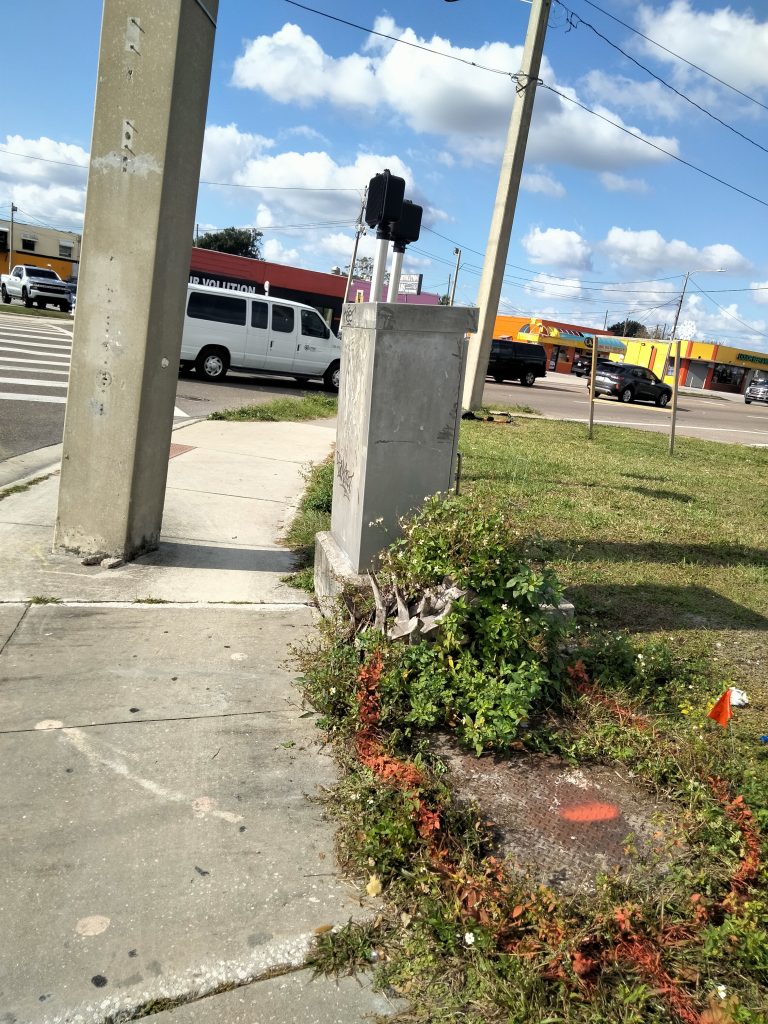

2. Crosswalks and Pedestrian Crossings: Properly marked crosswalks at intersections and mid-block locations help pedestrians cross the road safely. Clear signage, signalized crossings, and pedestrian refuge islands can enhance visibility and reduce the risk of accidents.
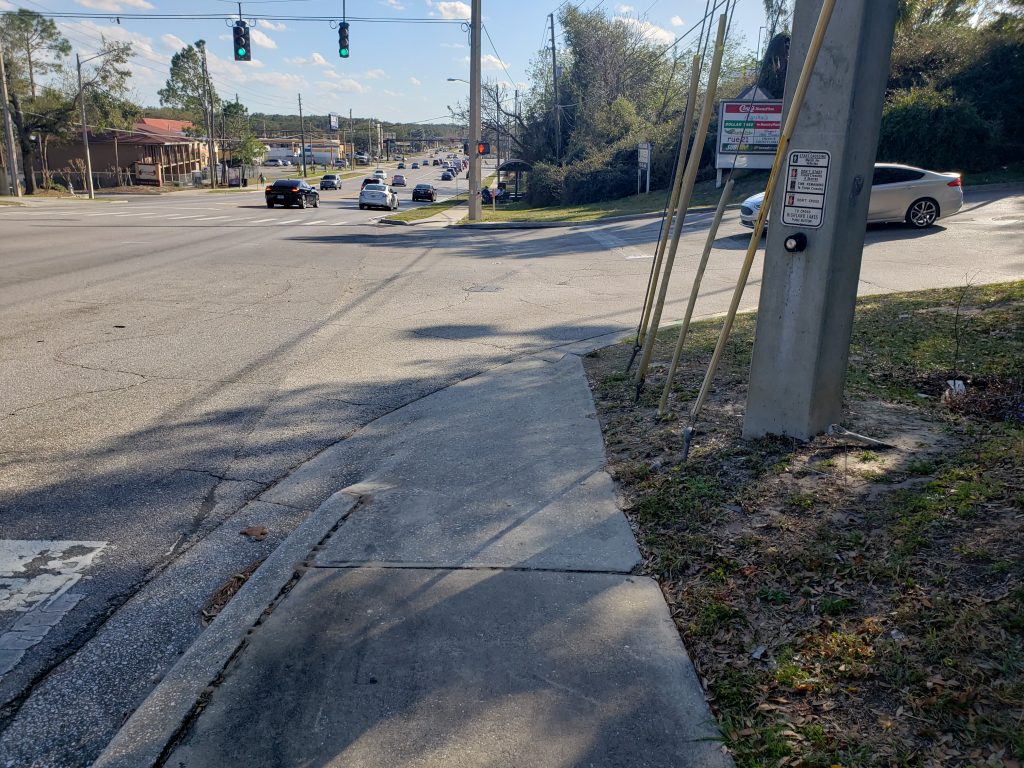
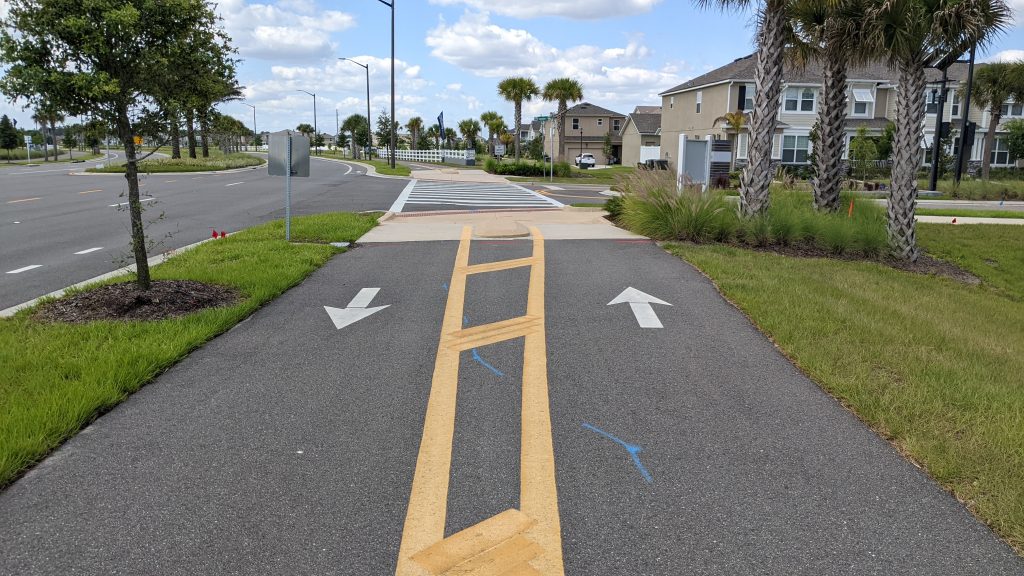
3. Traffic Calming Measures: Implementing what is called traffic calming measures, such as speed bumps, raised crosswalks, chicanes, and roundabouts, can help reduce vehicle speeds and enhance pedestrian safety by creating a more walkable environment.
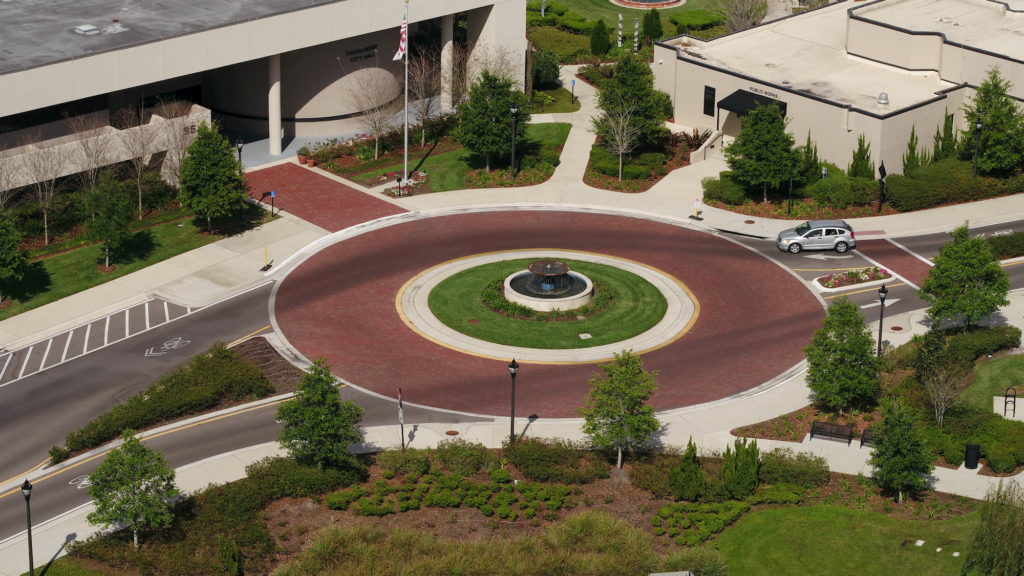
4. Accessibility: Designing pedestrian facilities to be accessible for individuals with disabilities is critical. This includes incorporating curb ramps, textured pavements, and audible crosswalk signals to assist visually impaired pedestrians.
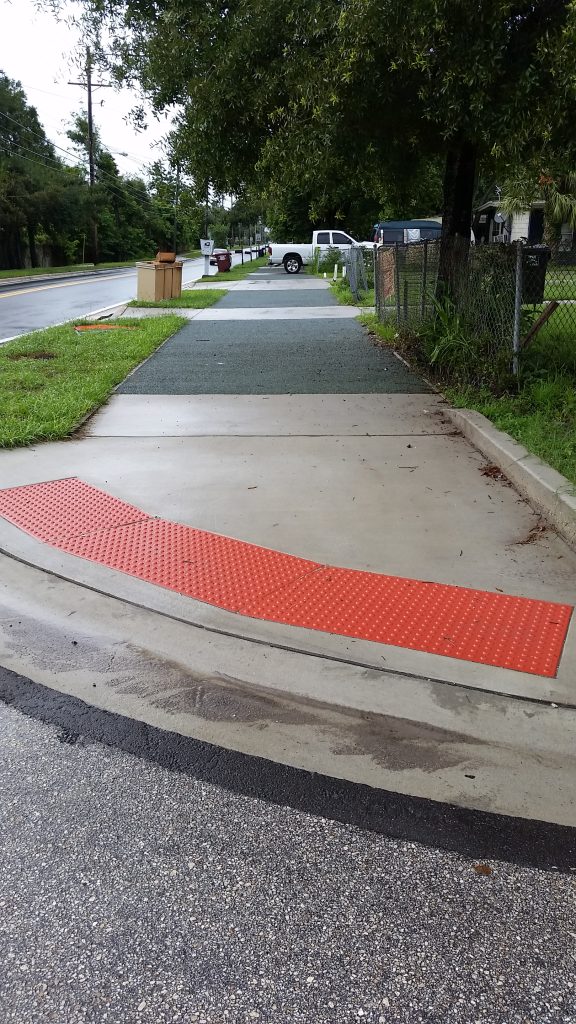
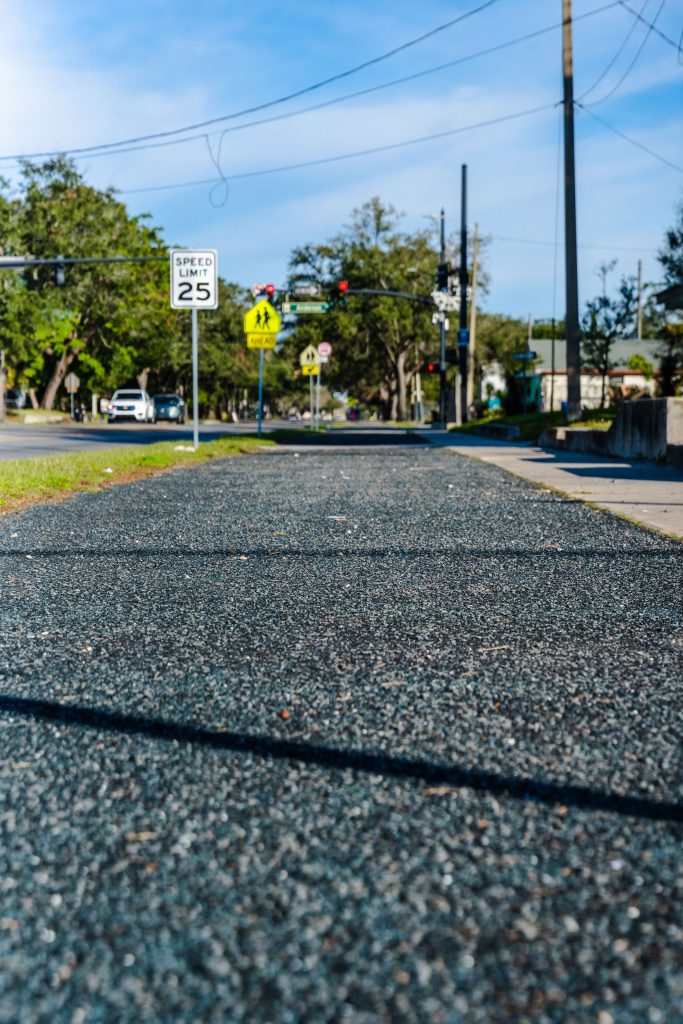
5. Separating Pedestrians from Vehicles: Physical barriers, such as bollards or raised medians allow for the separation of pedestrians from vehicular traffic, providing an added layer of safety and precaution.

Hernán Sabau, E.I., A.M.ASCE
Land Development Engineer
Hernán is a Land Development Engineer at AVCON, INC. with about 3 years of experience. Since graduating with his Bachelor of Science in Civil Engineering from the University of Central Florida, he has worked on designing commercial, residential, and governmental projects. Hernán has a clear passion to help the community and environment that goes beyond the normal practices of engineering ethics.